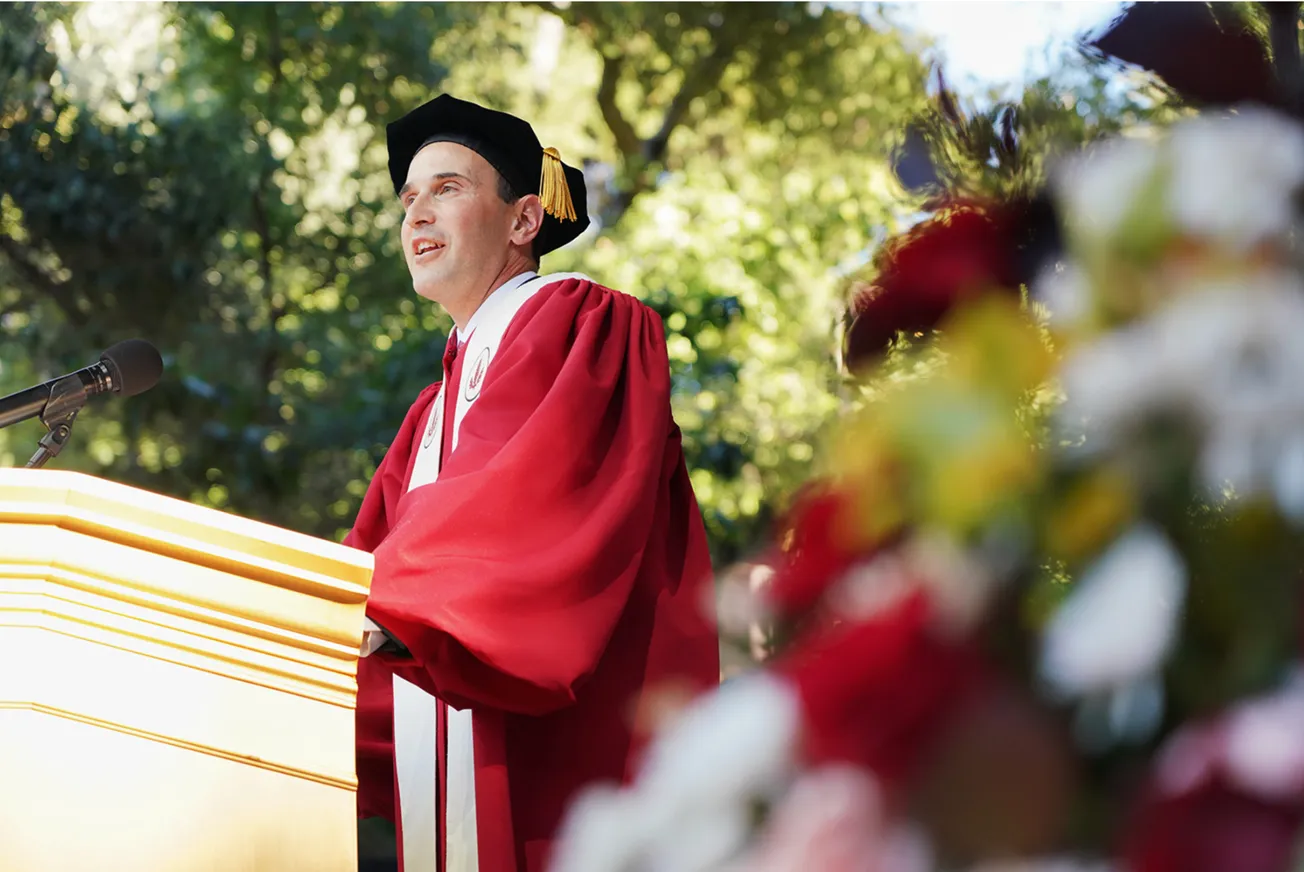Table of Contents
When we returned to campus this year, we returned to find much that was new. A new class of students, a remodeled Old Union, and a new year full of promise. But it was with great surprise that we discovered what was missing. Where was the CoHo? It was gone.
The CoHo was a Stanford institution, a fixture of campus for decades. In all the conversations I have had with friends so far, not a single one was happy the CoHo was gone. All in fact were unhappy about it. The same goes for alumni.
The CoHo had character. It was one place on campus that didn’t feel sterilized, that had dim lights and dark wood tables that had been scratched through the years. You could see the marks of past generations of Stanford students. It had continuity. It didn’t feel perfectly made-up for presentation and marketing. It felt like a home.
Stanford killed the CoHo. We left for the summer, and abruptly we return to find our beloved CoHo gutted and gone. No student input seems to have gone into the decision, which is all the more maddening considering how popular a place it was. I doubt there’s a single student who would have voted in favor of killing the CoHo. But Stanford apparently didn’t trust its students enough to give us a say in a decision that definitively reshaped student life.
What took hold of the university in its rush to end a tradition? It was hardly premeditated murder, because Stanford doesn’t appear to have thought through what the death of the CoHo would mean for students. Was the Axe and Palm meant to take its place? Possibly. Was the CoHo simply crushed to death in the slow, remorseless gears of the Stanford bureaucracy, its death planned as far back as 1987? Perhaps. But why would the university do away with a student hangout that had proven its popularity consistently and for so long? Why kill a tradition that students loved?
It sometimes seems that Stanford cares less each year for the traditions that, detail by detail, make it Stanford. When she was provost, Condoleezza Rice is reputed to have stated that Stanford University is a corporation, not an academic institution. Looking at recent university actions through this lens, many of them start to make more sense.
Stanford seems pathological in its building projects. Never have I walked across campus without walking past chain link fences and construction sites. But monuments to donations must be built. The university thus appears to always be remaking itself, ever changing, never happy with itself, all the while losing sight of the great traditions that have made it what it is.
The university just recently gutted $80,000 in funding for the 34-year old Association of the Stanford University Libraries. Why snub the Friends of the Library? Apparently because they didn’t have a viable business plan to build an endowment within a timetable the university set. Why would a university, the bastion of learning, reduce the amount of money devoted to its libraries, the core symbol, repository, and source of scholarship? I fear the answer is that learning now must compete in the marketplace with the value of profit. It remains worth asking whether the two are commensurable. Does profit undermine itself by chipping away at learning? And where is that $80,000 going instead, if not to the community of the libraries?
The next Stanford institution that is likely to face the battle between traditions of learning and the creeping demands of whatever is popular is our undergraduate humanities education. IHUM is already changing, perhaps for the better, perhaps for the worse. Sections are now half as long as they used to be, making schedules more flexible but reducing the opportunity for good discussions. IHUM courses are also increasingly mixing the principles of the humanities with the embedded, quantitative values of the social sciences, natural sciences, and engineering. But these values can be intuited from taking classes in those other divisions. The humanities ought to speak for themselves, and let the other disciplines do the same. But the humanities seem to grow ever more timid in the face of the priorities of the university, increasingly defined by the linked values of popular demand and higher profits.
IHUM will not be the final battle. That honor will likely fall to Structured Liberal Education. Much more than IHUM at this point, SLE retains the principles that have traditionally defined universities. I say this as one who took IHUM. The university ought to pose questions against the prevailing values of the popular culture, reflect on what is and what ought to be, and stand against the howls of quarterly profits and whatever seems appealing to popular demand. In the coming battle over what is to become of SLE as its leadership changes, how Stanford acts will reveal much about its character.
The pop culture values the university is unreflectively imbibing are not what made it great. The killing of the CoHo was a symbolic act, whether or not Stanford intended it to be. The university does not seem to care as much as it once did for the memories and traditions of its past, of what made and defined Stanford. It seems now only to favor change. Stanford may even be ready to kill off the tradition of what it is to be a university. Time will tell.
Yours in mourning,
Daniel Slate
Editor in Chief



